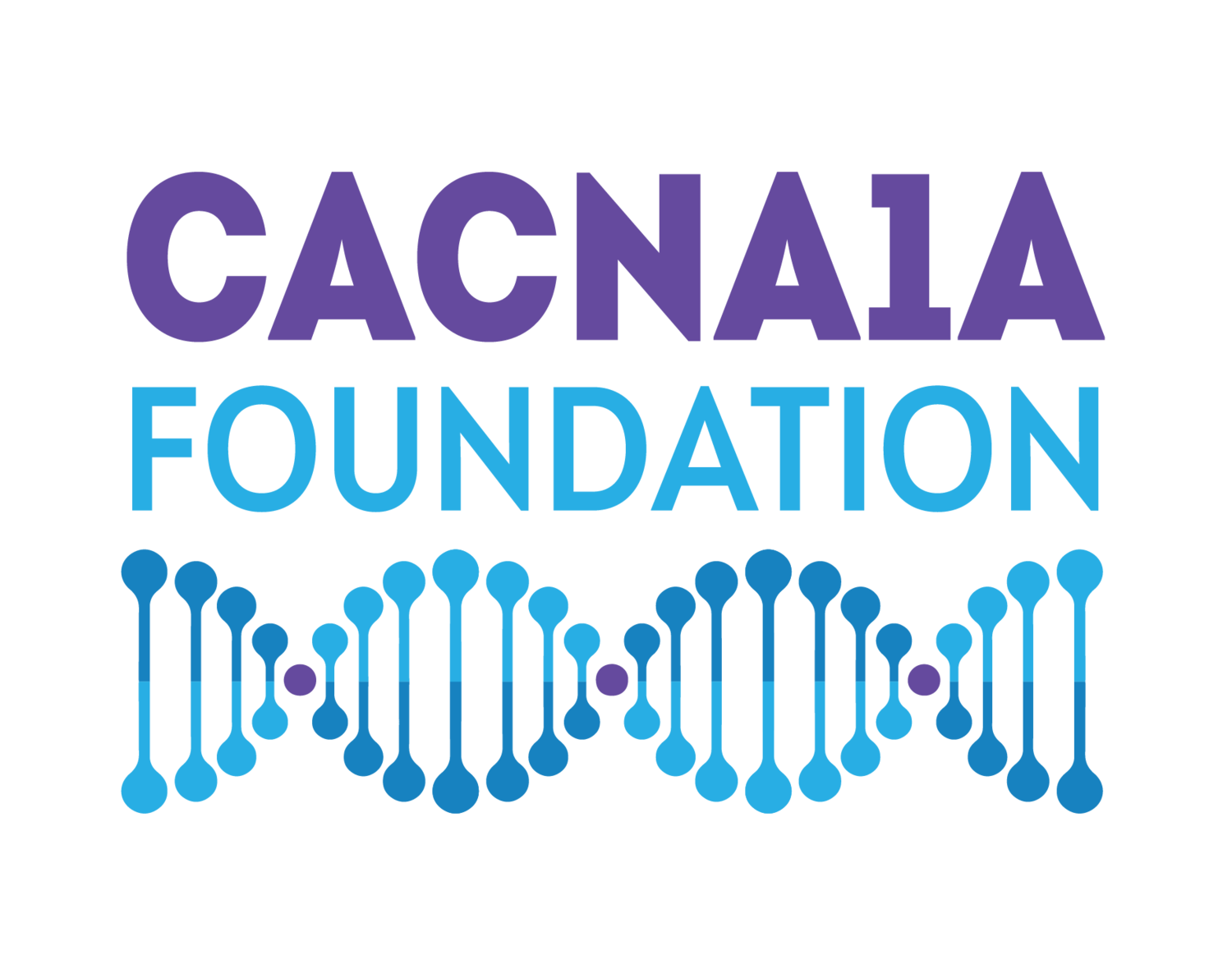CACNA1A-Related Hemiplegic Treatment Options
CACNA1A-related Hemiplegic Migraine is a medical emergency that requires immediate treatment to prevent permanent damage, or even death.
It should be treated with the same sense of urgency as a seizure.
Emergency Department
Rapid administration of treatment medications should be administered prior to obtaining imaging.
First line treatment options:
Verapamil
Acetazolamide
Ketamine
For cerebral edema:
Steroids (methylprednisolone)
Hyperonic saline & Mannitol
Pain management and nausea:
Motrin
Ketorolac
Zofran
Medications to avoid:
Standard migraine medications, which can reduce blood flow like ergotamine and dihydroergotamine
Triptans, which can worsen the constriction of brain vessels
-Newer migraine rescue medications (CGRP antagonists and ditans) do not have as much concern for changing blood flow and may be considered in the future for those with hemiplegic migraine, but they are too new to offer any information at this time.
Imaging
A CSHM can lead to cerebral edema and stroke. Similar symptoms can be seen in other conditions like stroke, seizure, infection, and brain tumors. It is important to make sure these conditions are evaluated for. Head imaging should be obtained. MRI is the preferred test, but it is not always immediately available. In order to ensure timely identification of stroke, CT may be performed first. A MRI is recommended after having a CT, even if the CT is normal.
Continued Treatment Once Admitted
It is recommended that observation be considered at least overnight in the hospital because even prior history of mild attacks cannot fully predict severity of current attack. It can be difficult to know when the event has fully resolved, so patients should receive a 3-5 day round of treatment. Cerebral edema can be delayed so repeat imaging may be performed.
Prophylactic Options
Verapamil
Acetazolamide
Flunarizine
Topamax
If the patient experiences respiratory depression with their events, an at home continuous pulse ox monitor, Ambu bag and oxygen can be helpful.
Some patients whose events are triggered by minor head trauma wear a helmet.
Supplements to consider: CoQ10, Riboflavin, Vitamin D3
The resources on this page are evolving as our panel makes progress on a consensus for treatment guidelines. Given the potential consequences of CACNA1A-related hemiplegic migraines, we felt a sense of urgency to provide an immediate resource for families and their physicians. Please return to this page for updated guidelines and additional resources in the near future. The contents of this guide are not intended to substitute for professional medical advice, diagnosis or treatment. Please consult your physician for personalized medical advice.

